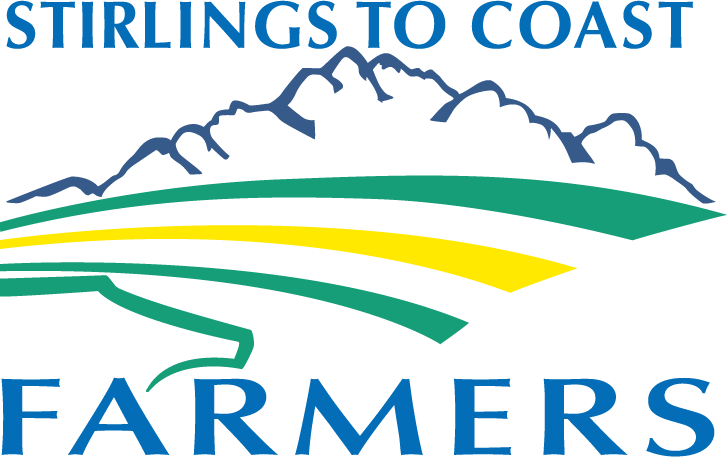Impact of stubble height on cropping systems
The Grains Research and Development Corporation has invested in this project which the Liebe Group is leading. Stirlings to Coast Farmers and Farmanco are project partners and the Facey and Corrigin Farming Improvement Groups.
Project Aims:
This project aims to provide growers with the knowledge and understanding of how differing stubble architectures contribute value to their farming system, understand the different costs involved, can acknowledge the risk and reward profiles and use this knowledge to apply the step changes required for profitability.
Project summary:
Currently, in the Western Region, there is a lot of interest in the 'Strip and Disc' system (high residue system). Growers are looking to understand the benefits of water use efficiencies, reduced wind erosion, increased yields, and the fit within the WA landscape.
This project will provide regionally relevant information that can be evaluated by grain growers to provide greater awareness and increased understanding of the impacts of changing stubble height on the whole farming system. By March 2025, growers will have the knowledge and experience of how differing stubble architectures contribute value to their farming system, understand the different costs involved, can acknowledge the risk and reward profiles and use this knowledge to make adoption decisions.
Project method:
This project will see the implementation of four demonstration sites across the low, medium and high rainfall zones of Western Australia. Each site will host one grower scale demonstration and be implemented on a cereal crop (i.e. Wheat, barely) during the 2021 harvest.
Each site will include three treatments, with four replications (or, in one case, four treatments with three replications) over a large demonstration area. Two of the treatments will be standard across all four sites (stripper and disc v draper and tyne), and the third treatment to be determined as a locally relevant priority around stubble management.
resources
ACKNOWLEDGEMENT
This project has been invested in by the Grains Research and Development Corporation (GRDC).


